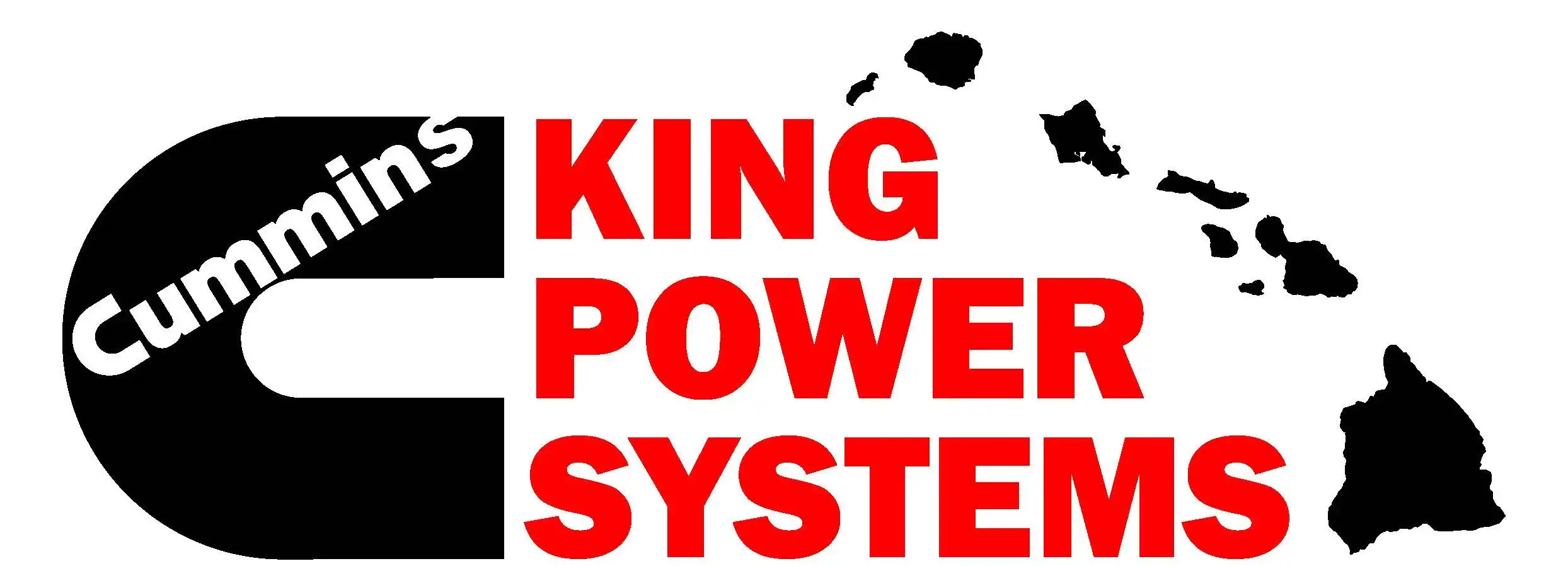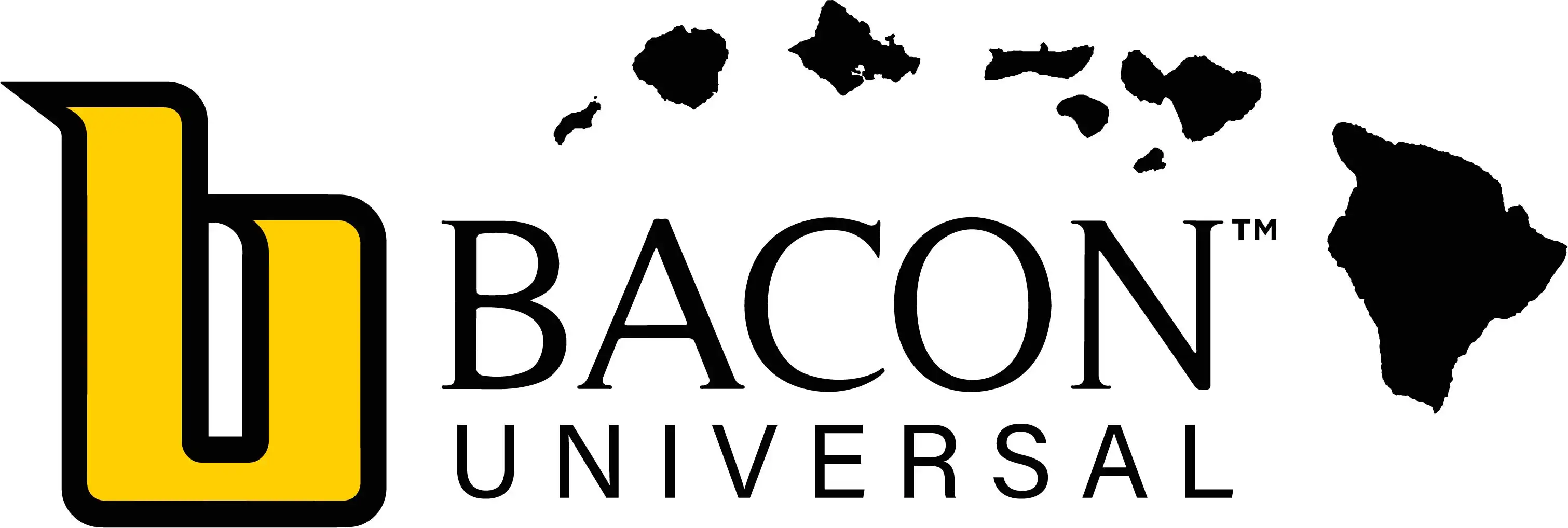Maui joins state in observance of National Child Passenger Safety Week
The state’s four county police departments are stepping up enforcement of Hawaii’s child passenger restraint laws as part of the National Child Passenger Safety Week that runs through Saturday. Last year, police issued 1,646 child restraint violations across the state. Under Hawaii law, children under 4 are required to ride in a federally approved child safety seat and kids 4-7 are required to ride in a safety or booster seat. Fines can run up to $500.
Here on Maui, there will be a free community car seat check at the Maui Marketplace on Saturday, September 25, from 10:30 a.m.-1:00 p.m.
Police across the state will be working with the State Department of Education in monitoring local elementary schools statewide to ensure that all parents and caregivers are using a child safety seat or booster seat. The DOT provides federal grants to each county to conduct year-round child passenger safety activities and enforcement of these laws.
“The simple act of placing your child in a properly installed child safety seat can mean the difference between life and death,” said Brennon Morioka, DOT Director. “It’s the single most important thing you can do for your child to protect them on the road.”
National statistics show that traffic crashes are the leading cause of death among children over the age of 1. By using a properly installed child safety seat, deaths can be reduced by as much as 71 percent for infants (under the age of 1) and 54 percent for toddlers.
According to the U.S. Department of Transportation’s National Highway Traffic Safety Administration (NHTSA) research, 8,959 lives have been saved from 1975 to 2008 by the proper use of child restraints. In 2008, among children under age 5 in passenger vehicles, an estimated 244 lives were saved by child restraint use (child safety seats and adult seat belts). Research shows that child restraints provide the best protection for all children up to age 8.
How to Properly Install Child Passenger Safety Seats
Child passenger safety authorities and technicians encounter two main problems when it comes to child safety seats. The first is getting parents and caregivers to comply with the laws. The second is to ensure that seats are installed correctly.
“As Hawai‘i’s only pediatric specialty hospital, we treat many of the cases involving children injured in automobile crashes and see first hand the damage that can result when car seats are not used or are used improperly,” Kapi‘olani Medical Center for Women & Children Chief Operating Officer Martha Smith said. “We proudly support efforts to educate the community on proper usage of child restraints.”
Morioka added, “As a parent, I urge all of our parents and caregivers to educate themselves and take advantage of the child safety seat fitting stations and checkups to ensure their child passenger safety seats are correctly installed. Nothing is more important than the safety and well being of our keiki.”
For maximum child safety, parents and caregivers can visit their local inspection stations and refer to the following “4 Steps for Kids” guidelines that determine which restraint system is best suited to protect children based on age and size:
1. For the best possible protection, keep infants in the back seat, in rear- facing child safety seats, as long as possible up to the height or weight limit of the particular seat. At a minimum, keep infants rear-facing until a minimum of age 1 and at least 20 pounds.
2. When children outgrow their rear-facing seats (at a minimum age 1 and at least 20 pounds), they should ride in forward-facing child safety seats, in the back seat, until they reach the upper weight or height limit of the particular seat (usually around age 4 and 40 pounds).
3. Once children outgrow their forward-facing seats (usually around age 4 and 40 pounds), they should ride in booster seats, in the back seat, until the vehicle seat belts fit properly. Seat belts fit properly when the lap belt lays across the upper thighs and the shoulder belt fits across the chest (usually at age 8 or when they are 4’9” tall).
4. When children outgrow their booster seats (usually at age 8 or when they are 4’9” tall), they can use the adult seat belt in the back seat, if it fits properly (lap belt lays across the upper thighs and the shoulder belt fits across the chest).
Remember, all children younger than 13 should ride in the back seat.
Ask the Experts
To learn more about Hawaii’s child passenger safety laws, neighbor island residents can call the following phone numbers to find out more information about car seat checks on their island:
Wailuku:
(808) 268-3708
Lahaina:
(808) 661-4441
Hana:
(808) 248-8670
Lana‘i:
(808) 565-6428
Moloka‘i:
(808) 553-5355











